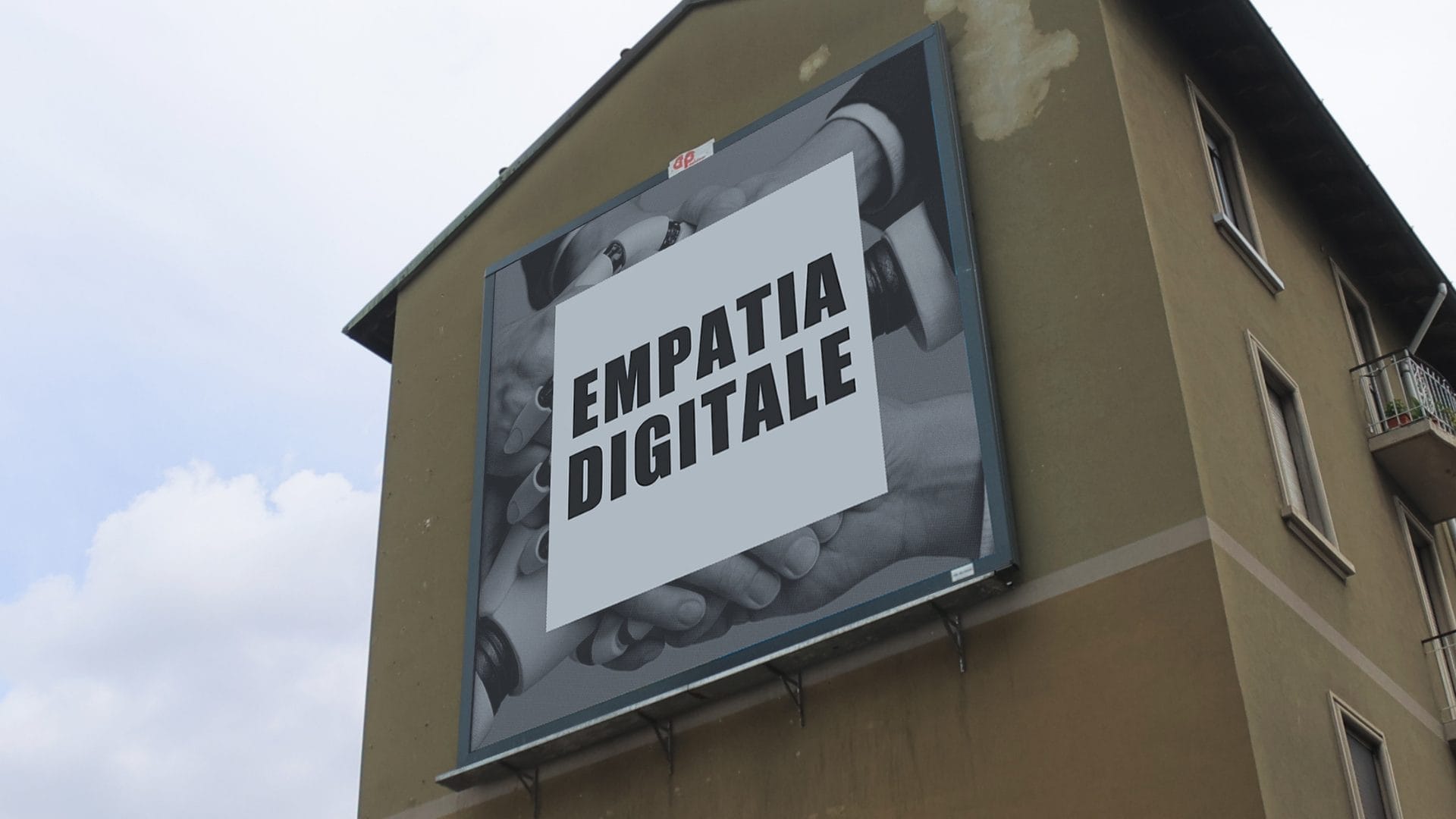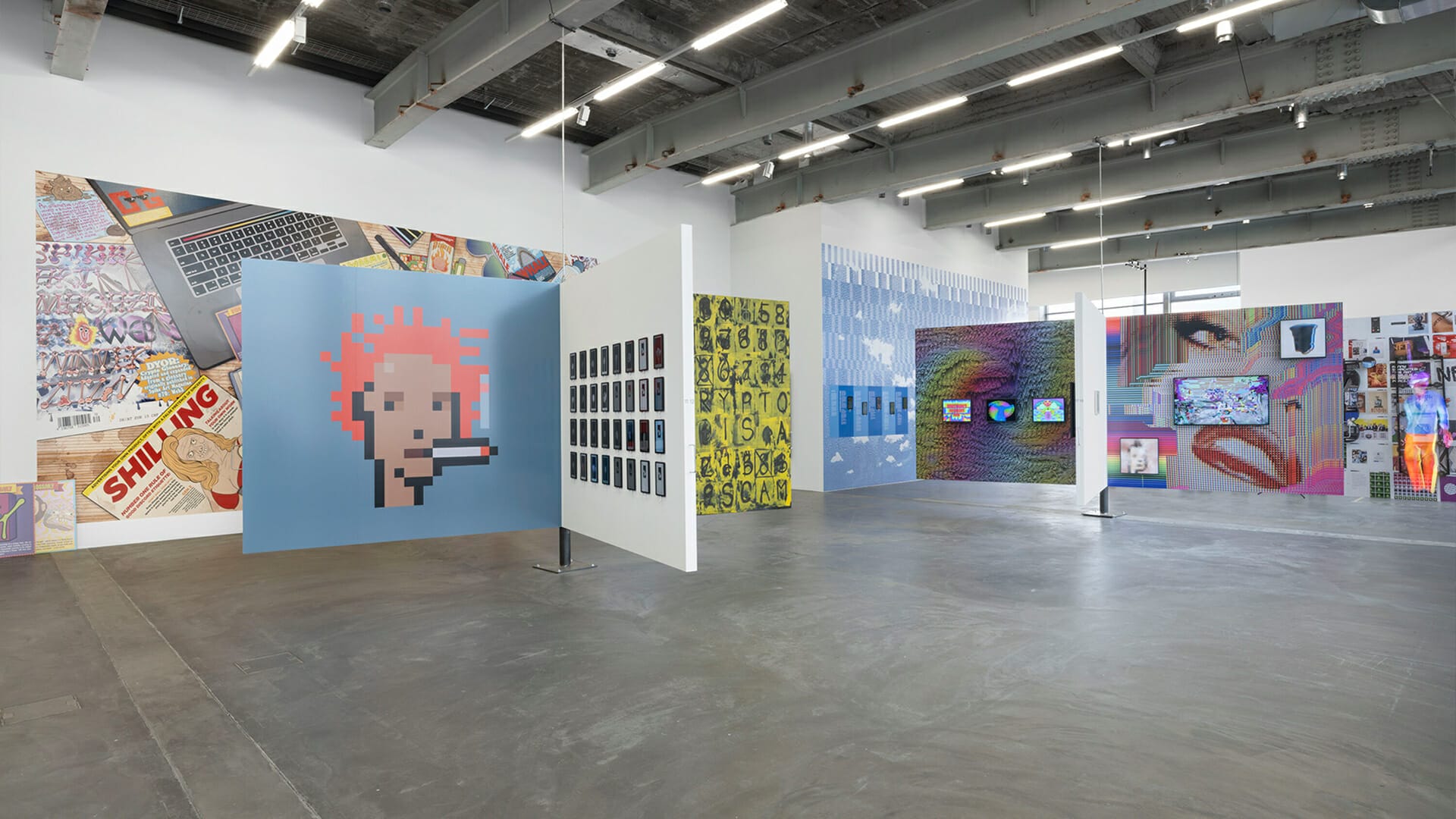
Art and Commerce: From Adversity to Alignment
The art market, with its intricate dynamics and fluctuations, has long been a source of tension for artists. Many have felt, and some still feel, that getting too close to commercial dynamics could corrupt their artistic integrity or reduce pure artistic expression to mere merchandise — an existential dilemma between art and commerce, which stems from centuries of cultural evolution.
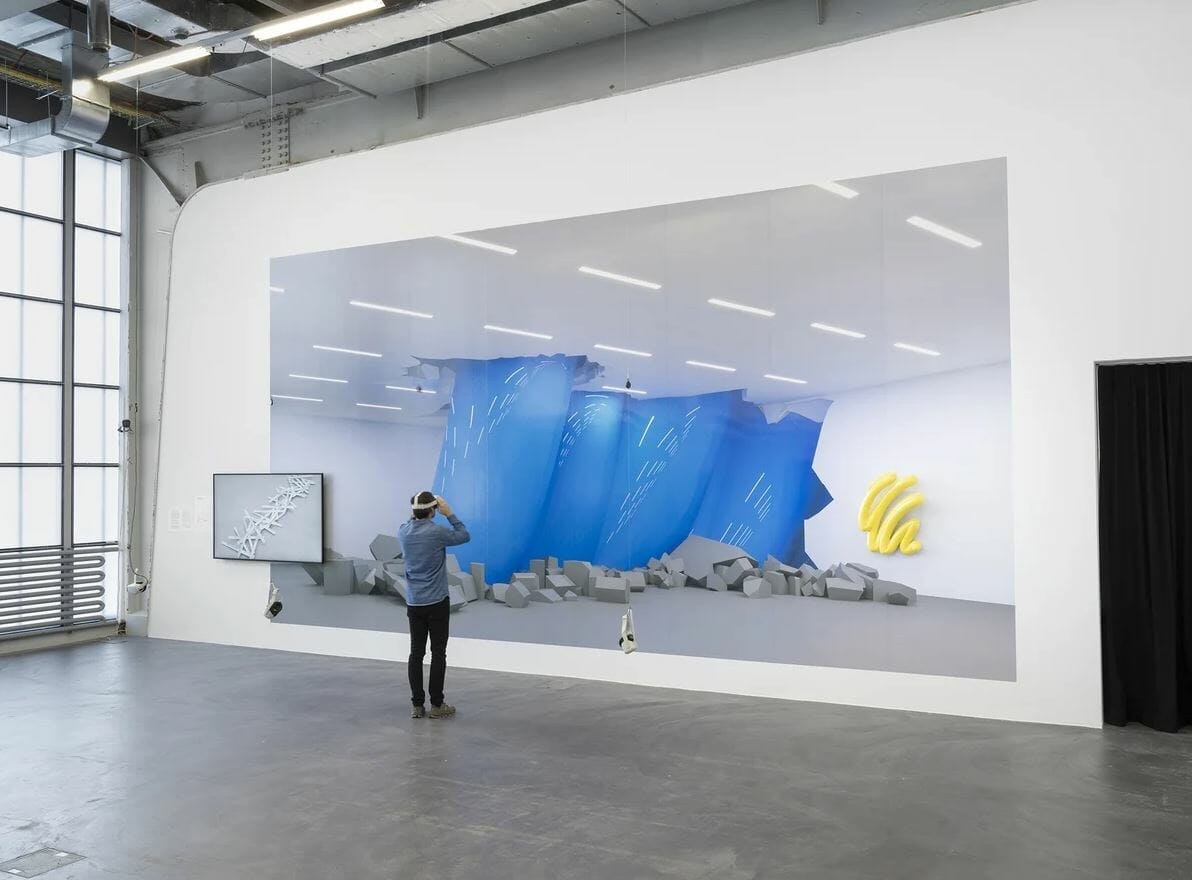
From Creation to Capital: The Rise of The Art Market
When we look at history, we can find the roots of this tension deeply embedded in the artists’ psyche and societal perceptions. As a strong example, Romanticism, a 19th century European cultural and artistic movement, greatly influenced the perception of the artist as an individual driven by their own passions and intuitions, rather than conforming to societal conventions or public desires.
During this time, Romantic artists like J.M.W. Turner, Eugène Delacroix, and Caspar David Friedrich were often portrayed by critics, the general public, and sometimes through the autobiographical elements in their own works as tragic figures, at odds with society and tormented by their intense emotions. This conception of the artist led to the idea that art should be created for its own sake (“l’art pour l’art”), rather than to satisfy an audience or for commercial reasons. Because of this, involvement in the art market was often viewed as a compromise, if not a contamination of the artist’s integrity.
As the clock turned to a new century, so did the artistic world’s relationship with its marketplace. In the 20th century, with the rise of modern and postmodern art, the relationship between artists and the art market became even more complex. While some artists, like Andy Warhol, openly embraced commercial dynamics and integrated them into their artistic practice, others resisted or critiqued these dynamics.
The dynamics set forth by these influential figures set the stage for the modern art world’s intricate relationship with commerce. Contemporary art markets also reflect this tension between art and commerce, in which an artwork’s value is determined as much by its authenticity as by its commercial appeal or investment potential.
But although artists’ relationships with the marketplace may have evolved, certain necessities persist — although many artists may explicitly reject the idea of making art for the market, on the other hand selling their works is often necessary to sustain their practice. Furthermore, upon the passing of an artist, their artistic output is often acquired by third parties, such as dealers or gallerists, who profit from their past work, creating a market in their favor.
Fast forward to today, and technology has presented yet another layer to this complex interplay — with the advent of NFTs (Non-Fungible Tokens) in the art market, there’s a clear potential for a shift in this paradigm, offering unprecedented direct opportunities for artists.
In light of this, we ask : How are NFTs truly influencing, and changing the way we perceive the art market?
The Digital Shift: Navigating the Art Market of Tomorrow
A closer look at the implications of the digital shift is necessary before we explore how NFTs are transforming the art market.
Compared to their predecessors, today’s artists have undergone a significant shift. Historically, many artists tended to stay on the market’s periphery, safeguarding their creative integrity. In contrast, nowadays, art and commerce are deeply intertwined, with the digital realm serving as their main nexus. This convergence largely springs from rapid technological progress, with the rise of NFTs acting as a turning point for digital art transactions.
This seemingly novel union of art and commerce is less an innovation and more a reflection of the broader evolution in how we perceive artists and their roles. For today’s artist, the market isn’t a realm of concern but rather a familiar territory, an integral component of their creative path.
With the onset of the digital age, traditional boundaries between pure artistic creation and its commercial aspects have dissolved. In particular, when taking into account the fact that artists today are also entrepreneurs, marketers, and innovators: as creators, they seamlessly navigate online spaces, form partnerships, and take an active role in showcasing and monetizing their work.
Yet, this transformation extends beyond just the art or its marketability. It delves into the very mechanisms of its birth and distribution. We live in a digital era where artistic creativity combines with technological prowess. Tools of the digital age serve dual purposes: crafting art and ensuring its global monetization, distribution, and sharing. And of course, authenticity.
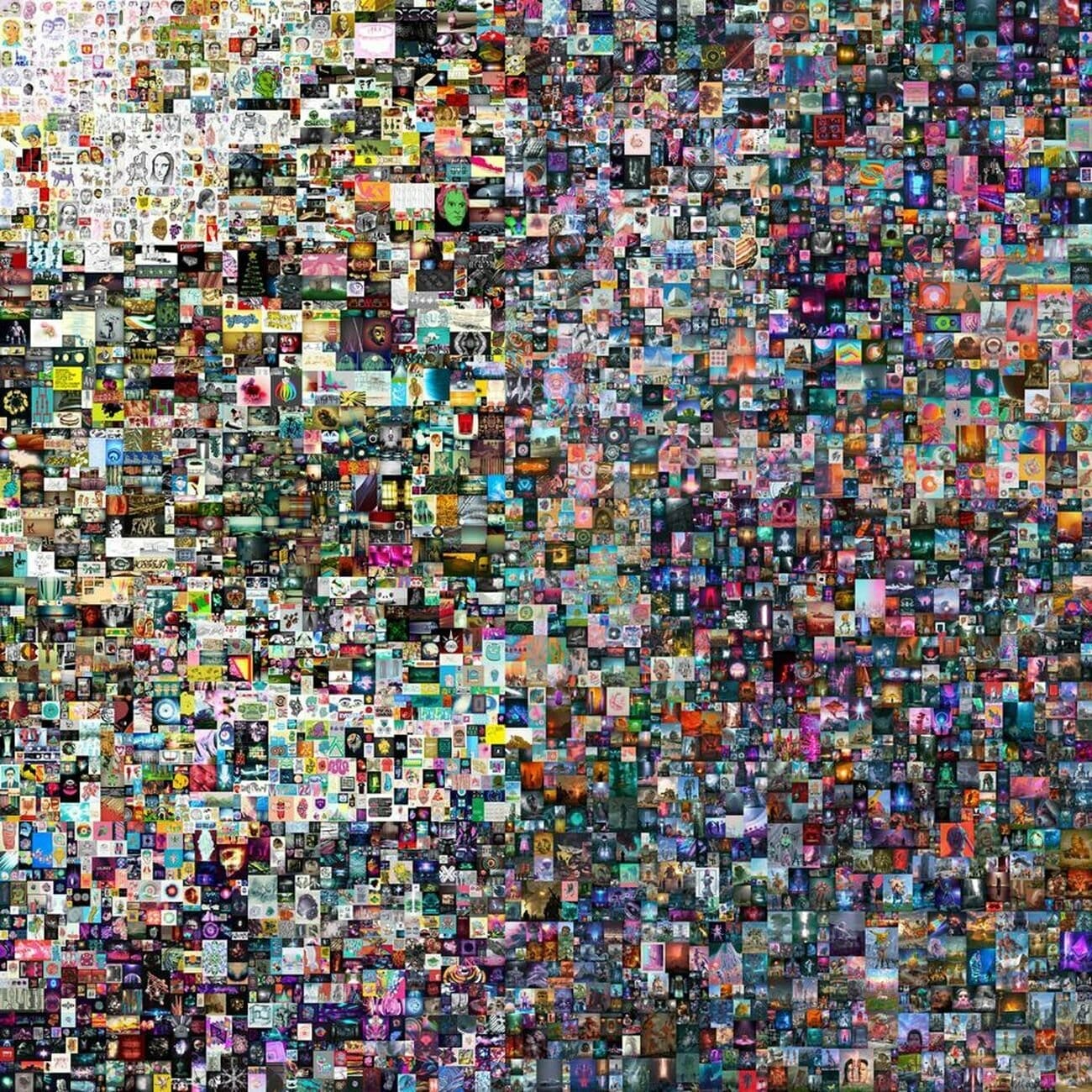
The Long-Time Struggle: Artists vs. Intermediaries
Since the very inception of the art market, major auction houses and big galleries have dominated the scene.
These influential entities, with their extensive reach, play a pivotal role in shaping trends, setting values, and spotlighting certain artists. As a consequence, the art market might lean towards artworks that are perceived as having broader commercial appeal or aligning closely with prevalent narratives — a dynamic, which can sometimes overshadow emerging artists, particularly those delving into unconventional mediums, exploring alternative viewpoints, or representing less-heard voices.
But the challenges don’t end at artistic representation; they extend beyond the intricate dynamics of the art industry. In order to achieve success in the art world, artists must learn how to understand sales nuances, build essential networks, and maintain relationships with galleries and collectors.
Moreover, an underlying concern remains: the financial dynamics. A considerable portion of the revenue from art sales passes through intermediaries like galleries and auction houses. In such a scenario, even when their works command high market prices, artists do not always receive a financial reward that properly reflects their dedication and value.
As a result of these challenges and the pursuit of a more balanced art ecosystem, NFT technology presents a potential game changer.
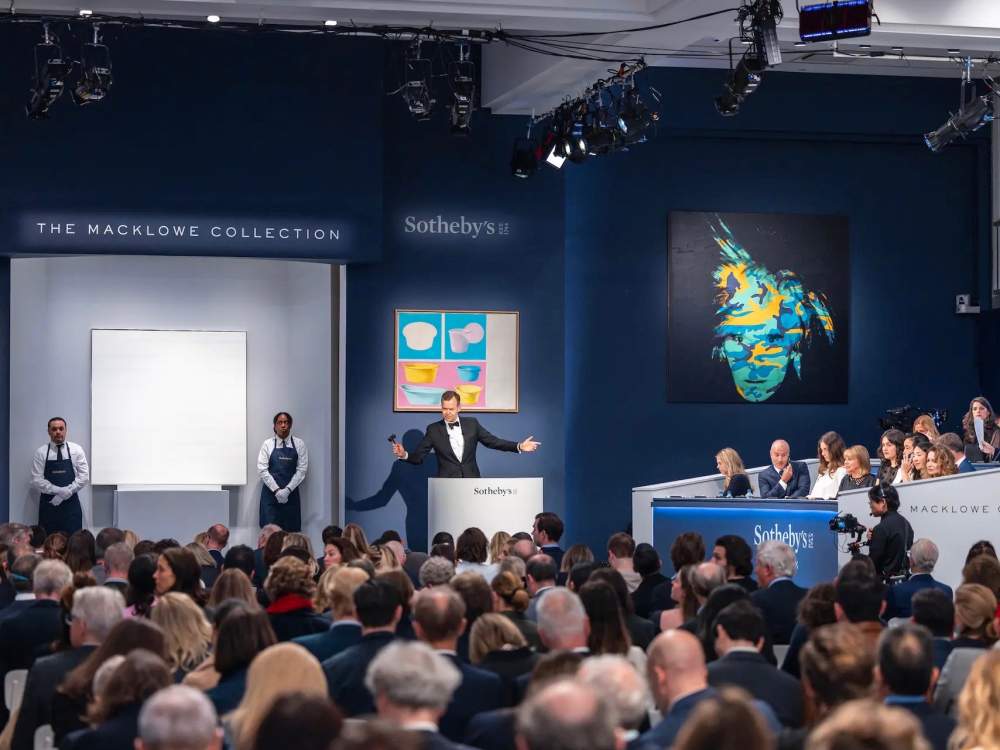
The Potential of NFT Technology for the Art Market
The increasing rise of NFT-backed art represents a significant paradigm shift in the art world, challenging centuries-old dynamics.
And with this ongoing shift, the democratizing potential of this technology raises several fundamental questions: how will the roles of traditional art galleries and auction houses change in a swiftly evolving market? How can artists benefit from this new platform? And how are collectors adapting to this shift?
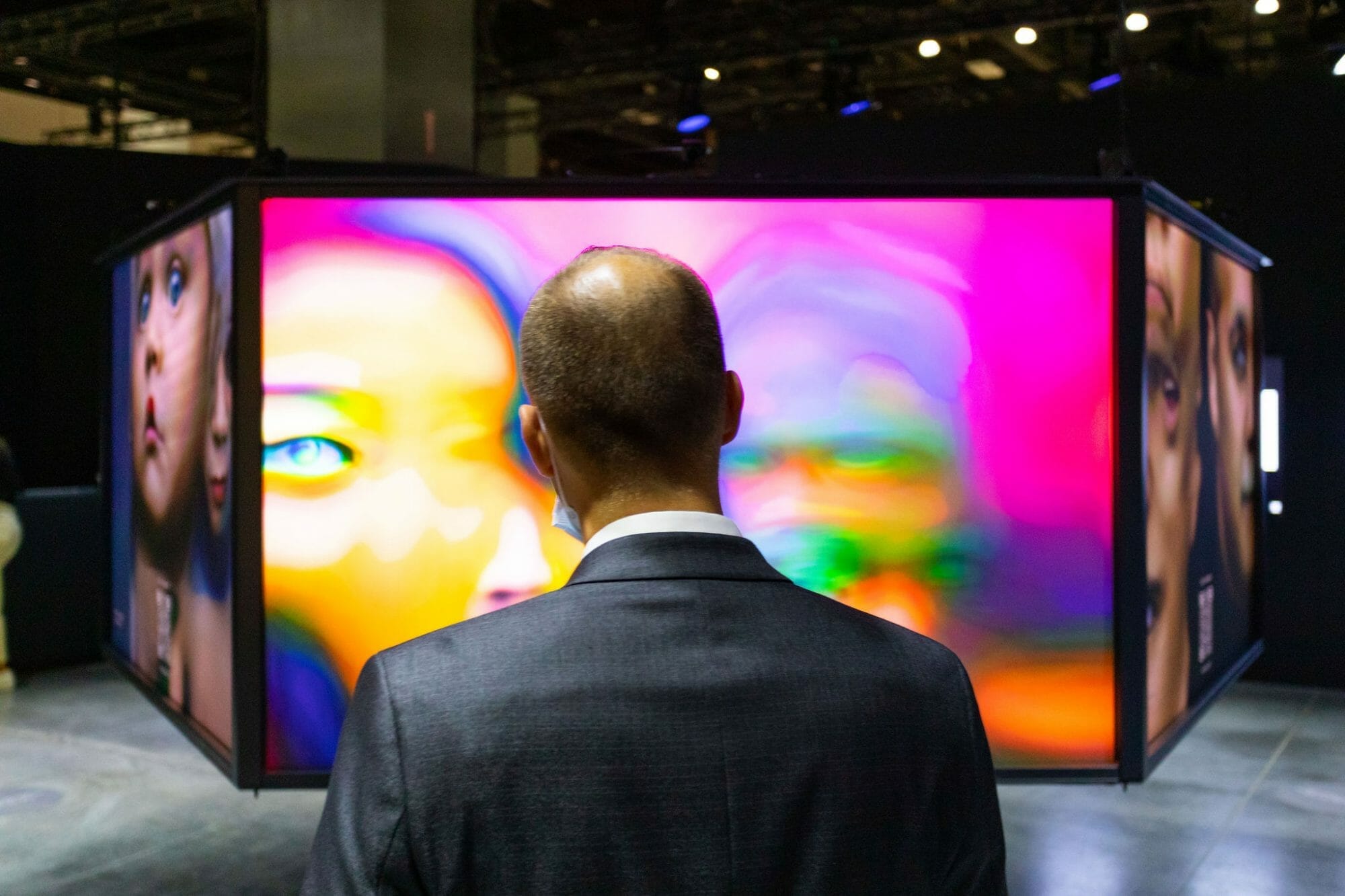
As mentioned above, historically, art galleries and auction houses have played the intermediary role between artists and collectors. Over the years, these entities curated art, provided platforms, and often gave the seal of validation that artists sought. They exerted significant control over artist visibility and artwork pricing.
Now, the blockchain technology that underpins NFTs allows artists to authenticate their works, ensuring each piece’s authenticity and uniqueness — with no intermediary needed. As a result, artists must now navigate a novel digital market with its own rules and nuances.
Indeed, artists now have an unprecedented level of control. They dictate presentation, pricing, and purchaser selection; and such autonomy could foster a more transparent and equitable market, with prices reflecting artists’ valuations rather than external pressures or gallery commissions.
As for collectors, NFTs also enable them to discover a much wider range of artists and styles since they’re no longer limited by choices of traditional institutions.
However the pressing question becomes: if artists can directly manage the creation, authentication, and sale of their works to collectors, what role, if any, will traditional intermediaries play? As this rapidly growing market develops, they may become advisors, educators, or facilitators.
After all, as the art market shifts, new challenges arise such as sharing and preserving its heritage for the generations to come, and presenting it in the best light. In this new era, education remains paramount.
They are markers of our times, capturing collective emotions, highlighting societal shifts, and fostering global discourse, transcending geographic, linguistic, and cultural barriers.
In essence, memes stand testament to the shared human experience, consistently narrating the pulse of our times.
In Conclusion
Like all digital content forms, art finds itself dynamically interacting with the Internet ecosystem in this new context. When considering social networks like Instagram, or new art pages and blogs, able to carry out significant criticism and selection, it is clearly evident that online art consumption has already shifted its traditional distribution and interpretation structures.
There is no doubt that NFT technology is revolutionizing the traditional art ecosystem, offering fresh opportunities but also presenting new challenges. While democratizing access to art is undeniably a positive step, it’s crucial for artists, collectors, and other stakeholders to be adequately informed and prepared to navigate this new landscape. Technology provides powerful tools, but as with any tool, its impact depends on how it’s used.
One can thus easily envision a continuation of all this, concluding that the formation of a robust digital art market might be the only real new solution in this landscape where the digital image already takes center stage in visual culture and the current art landscape.
fakewhale
Founded in 2021, Fakewhale advocates the digital art market's evolution. Viewing NFT technology as a container for art, and leveraging the expansive scope of digital culture, Fakewhale strives to shape a new ecosystem in which art and technology become the starting point, rather than the final destination.
You may also like
Fakewhale Physical II: The Fakewhale Vault Permanent Collection
Since its inception, the Fakewhale Vault is an ongoing innovative curatorial project that aligns the
Language as Urban Short Circuit — Fakewhale in Conversation with Skygolpe: Exploring the Public Billboards of BLACKOUT
With a gesture that is both radical and deeply philosophical, Skygolpe’s latest work takes over th
Ghosts, Holograms, and AI: Emi Kusano’s EGO in the Shell
What separates being from system is becoming almost imperceptible. Inspired by the visionary Ghost i


